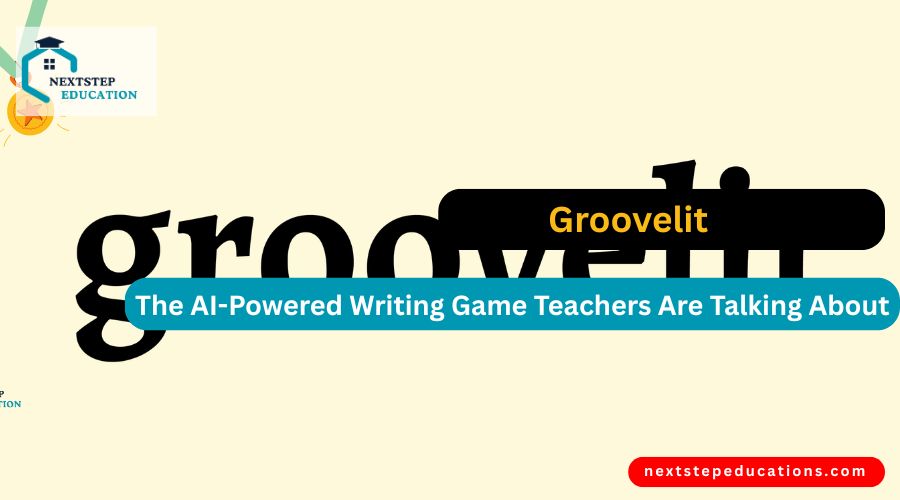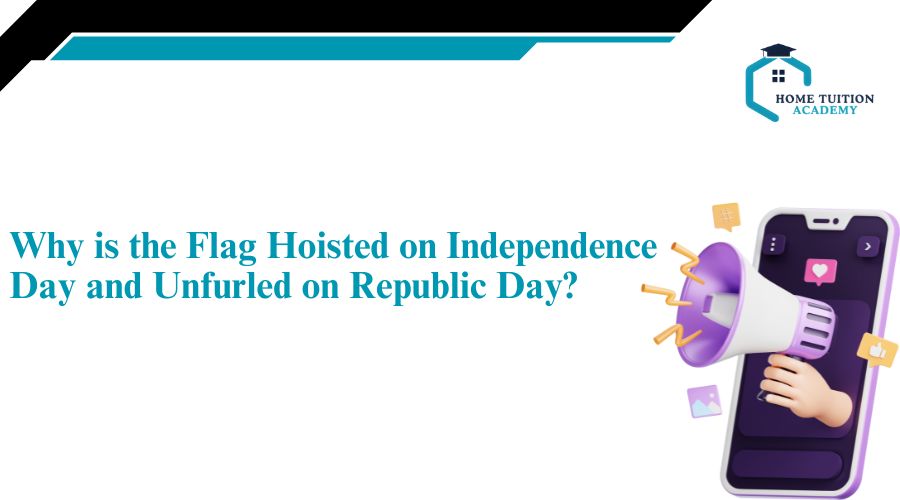For years, classroom learning games like Quizizz, Kahoot, and Blooket have been teachers’ favorites. They make lessons fun, motivate students to participate, and serve as quick formative assessments. But while these platforms excel in quizzes and objective questions, many teachers have long wished for a game that could make writing practice engaging.
That gap is now being filled by Groovelit, a new AI-powered writing game that is gaining attention among English teachers. Often described as a “Kahoot for writing,” Groovelit turns writing exercises into interactive, time-bound challenges where students compete, have fun, and learn in the process.
In this article, we’ll explore what Groovelit is, how it works, its pros and cons, and why it could be a valuable addition to your teaching toolkit.
What is Groovelit?
Groovelit is an online classroom game platform designed specifically for writing practice. Unlike traditional quiz platforms, Groovelit asks students to write short responses—in a chosen genre and on a given topic—and then uses Artificial Intelligence (AI) to evaluate their work.
Teachers set the parameters, students write within a short time limit, and the AI scores their responses based on criteria such as grammar, vocabulary, sentence quality, and alignment with the prompt.
The name itself captures the essence of the platform: writing that is engaging, rhythmic, and “lit” with creativity.
How Does Groovelit Work?
Groovelit follows a simple and engaging process that makes it easy to integrate into classroom teaching:
-
Choose a Genre – The teacher selects the type of writing (e.g., narrative, persuasive, descriptive).
-
Select a Topic – Teachers provide the subject of the exercise (e.g., “Sports,” “Food,” “Friendship”).
-
Set the Criteria – Groovelit displays the key elements AI will look for in student writing and the points associated with each.
-
Join the Game – Students enter the game with a code, similar to Kahoot or Quizizz.
-
Start Writing – Students have five minutes to respond to the prompt.
-
AI Evaluation – The AI instantly evaluates responses and awards points based on how well students meet the criteria.
The result? A gamified writing session where students feel motivated by competition while practicing essential writing skills.
Features of Groovelit
Groovelit comes with features designed to make writing practice interactive and fun:
-
Genre-Based Writing Practice – From narrative storytelling to persuasive writing, teachers can focus on specific writing skills.
-
AI-Driven Evaluation – Instant scoring keeps students engaged and competitive.
-
Vocabulary Mode – Teachers provide a main word, and students write connected words or sentences. AI scores them based on relevance.
-
Multiplayer Classroom Game – Just like Kahoot, students compete against each other in real time.
-
Free and Subscription Options – The free version allows basic use, while the paid version offers more features and teacher data access.
Why Teachers Like Groovelit
Teachers who have tested Groovelit note that it offers several benefits:
-
Engagement Through Gamification
Students are naturally competitive. Turning writing into a game makes even reluctant writers eager to participate. -
Short Writing Bursts
The five-minute time frame keeps tasks manageable and lowers anxiety for students who struggle with longer writing assignments. -
Immediate Feedback
AI scoring provides instant results, which motivates students to improve in the next round. -
Great for Vocabulary Building
The vocabulary mode is especially useful for review sessions and English Language Learners (ELLs). -
Adaptable for Different Levels
Works well in middle school, high school, and even IB classes for short reflective exercises.
Limitations and Cautions
Of course, like any educational tool, Groovelit is not perfect. Here are some cautions:
-
AI is Not a Substitute for Teachers
Writing evaluation is complex. While AI can check for certain criteria, it lacks the deeper insight and empathy that teachers bring to assessing student work. -
Time Limit May Affect Quality
Five minutes is fine for short practice but not for serious, thoughtful writing tasks. -
Best for Short Responses Only
Groovelit is great for sentences and short paragraphs, but it is not designed for essays or extended writing. -
Free Version Limitations
The free plan may not give teachers full access to student data or advanced features.
Best Use Cases for Groovelit in Classrooms
So where does Groovelit shine the most? Teachers report success in:
-
Quick Review Games – After teaching a genre, use Groovelit for fun reinforcement.
-
Vocabulary Practice – For example, use the prompt “Food,” and students write related terms or sentences.
-
Warm-Up Activities – Start class with a short writing challenge to get students engaged.
-
ELL Support – Helps English Language Learners practice sentence construction and vocabulary in a game-like setting.
-
IB and TOK Classes – For short prompts requiring quick critical thinking.
What’s Coming Next for Groovelit?
The developers are actively improving the platform, with teacher feedback driving many updates. Upcoming features may include:
-
AI Evaluation of Simple Sentences – Allowing students to get feedback on individual sentences rather than longer responses.
-
Image-Based Prompts – Students write sentences about a displayed image, encouraging creativity and descriptive language.
-
Academic Vocabulary Checks – AI will recognize and score students for using academic or subject-specific terms.
These new features could make Groovelit even more powerful, especially for ELL classrooms.
Who Should Try Groovelit?
Groovelit can be a useful tool for:
-
English Teachers looking to gamify writing practice.
-
ELL Instructors who need fun, interactive ways to build sentence and vocabulary skills.
-
Middle & High School Teachers wanting to make writing more engaging.
-
IB/TOK Teachers who use quick prompts for discussion and reflection.
Conclusion
Groovelit may not replace traditional writing instruction, nor should it. Students still deserve thoughtful teacher feedback on their essays and extended writing. But as a supplementary tool, Groovelit brings excitement, motivation, and practice opportunities into the classroom.
Think of it as a bridge between learning and fun—a way to make writing practice feel less like an assignment and more like a challenge.
As one teacher put it, Groovelit is not perfect, but it’s a “thumbs-up big time” for vocabulary practice and short writing bursts. With new features on the horizon, it could soon become one of the most popular games in English classrooms.
If you’re a teacher looking to energize your writing lessons, Groovelit is definitely worth a try.
Frequently Asked Questions (FAQ) About Groovelit
1. What is Groovelit?
Groovelit is an AI-powered classroom game designed to make writing practice fun and engaging. Similar to Kahoot or Quizizz, it allows students to respond to prompts, but instead of answering multiple-choice questions, they write short responses that are scored by AI.
2. Is Groovelit free to use?
Yes, Groovelit offers a free version that includes basic features. A subscription version is also available, providing teachers with more detailed student data and advanced options.
3. How does Groovelit evaluate student writing?
Groovelit uses Artificial Intelligence to check writing based on specific criteria set by the teacher—such as grammar, vocabulary, sentence quality, and relevance to the prompt. Students earn points as they meet each requirement.
4. Can Groovelit replace teacher grading?
No. While Groovelit provides instant AI feedback, it is not meant to replace teacher evaluation. It works best for short writing tasks, quick reviews, and vocabulary practice, but detailed essays and creative writing should still be reviewed by teachers.
5. Is Groovelit suitable for English Language Learners (ELLs)?
Yes, Groovelit can be very effective for ELL students, especially in vocabulary practice and short writing bursts. However, it may not be suitable for absolute beginners since the game requires some level of English writing ability.
6. What age group is Groovelit best for?
Groovelit is ideal for middle school, high school, and IB/TOK students. Younger learners or ELL newcomers may find it challenging without teacher support.
7. What makes Groovelit different from Kahoot or Quizizz?
Kahoot and Quizizz focus on multiple-choice and objective-style quizzes. Groovelit is unique because it emphasizes writing practice, letting students write creatively and compete in real-time with AI-scored responses.
8. What are the upcoming features of Groovelit?
Future updates may include:
-
AI evaluation of simple sentences.
-
Image-based writing prompts for descriptive exercises.
-
Recognition of academic vocabulary usage in writing.
9. Can Groovelit be used for remote learning?
Yes. Just like other game-based platforms, Groovelit works well in both in-person and online classrooms. Teachers can share the game code, and students can participate from anywhere.
10. Is Groovelit safe for student use?
Yes, Groovelit is designed for educational purposes. However, as with any online platform, teachers should guide students on responsible use and check the privacy options, especially in the free version.





